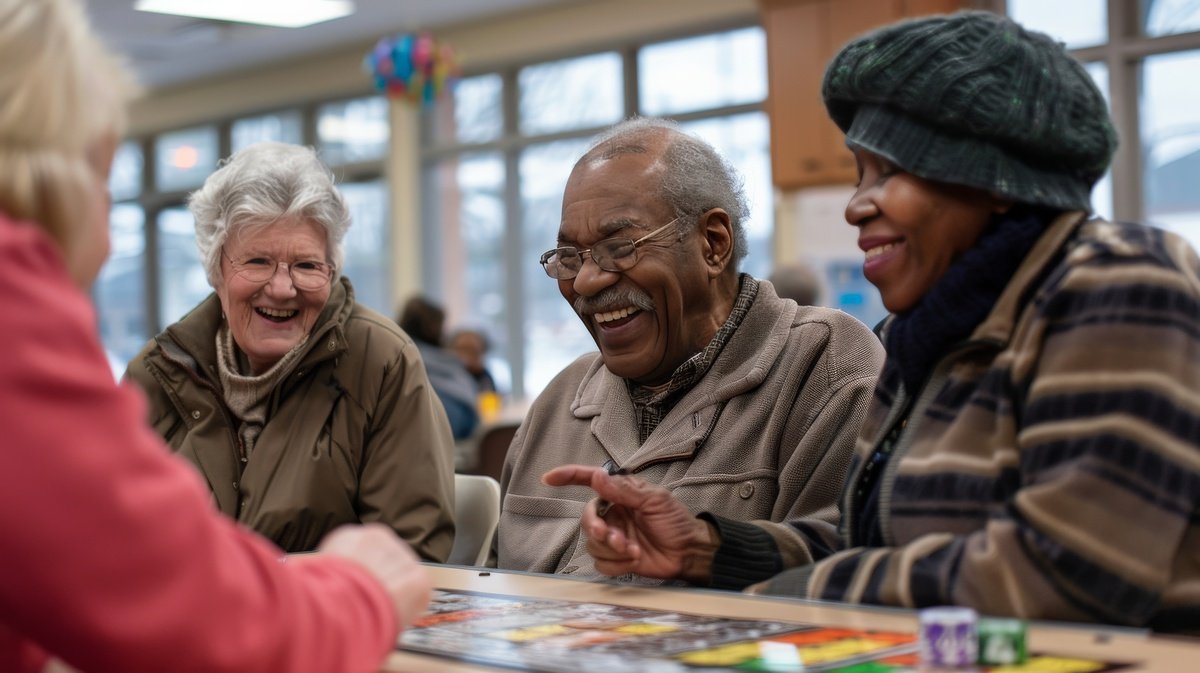It’s no secret that as we age, we begin to need more assistance to lead happy and healthy lives. Despite the common misconception, long term care is not just placement into a nursing facility. Long-term care is a multifaceted process that includes not only health, but supportive and personal care services.
Oftentimes, long term care services allow the individual to remain at home safely and for much longer. However, the long-term care planning process can seem daunting and may be met with resistance due to a lack of understanding. 70% of people turning age 65 can expect to use some form of long-term care in their lives. (U.S. Department of Health & Human Services)
In the United States, the majority of support for the aging population is provided by family and friends. Long-term care service only accounts for an estimated 15% of support provided to the aging population. The reality is family caregivers struggle to balance the day-to-day lifestyle changes and emotional challenges while caring for their loved ones.
Caregivers can experience a range of negative effects including lost personal time, fewer working hours, and strained personal relationships which impact their overall well-being. Caring for your loved one can also be beneficial in many ways, under the right circumstances and with support. The lack of long-term care service utilization happens for multiple reasons including cultural norms, financial concerns, and very frequently due to a lack of information.
So, let’s take a look at the basics of long-term care services and support. It is important to keep in mind that some of these services may be covered by traditional insurance or supplemental insurance, while others will be an out-of-pocket expense. If you or your loved one are in need of services that are not covered, there may be need-based services available through your local governmental agencies.
Community and Home Based Care can include:
● Skilled home healthcare providers
● Personal care or homemaking services
● Transportation services
● Meal delivery services
● Prepackaged medication services
● Home visitors to provide social support
● Adult Day Centers
● Palliative care
● Hospice care
Assisted Residential Services can include:
● Independent Living Communities
● Assisted Living Communities
● Continuing Care Retirement Communities
● Palliative care
● Hospice care
Medical Residential Services can include:
● Sub-Acute care
● Nursing facility care
● Inpatient Hospice care
Now the question is, where to begin to find these services? The answer to that question will vary based on location, but many areas will have an Area Agency on Aging through the local government, which can be a good place to start. The local Department of Human Services may also be an option when looking for supportive services in your area. Both of these options can provide you with information and lists of services that may be available in your area, but will still require ample time to make calls and find service providers that are a good fit for you and your individual needs.
Many areas will have Care Management companies that can be hired to bridge the gaps and coordinate care and services on your behalf. Whichever way you choose to go about getting the needed support, just know that the support and services are out there to ensure that you or your loved one have what is needed to live a happy, healthy, safe, and full life.
~Mindy Lee, LMSW, CDP
Senior Care Manager
Share This Article



